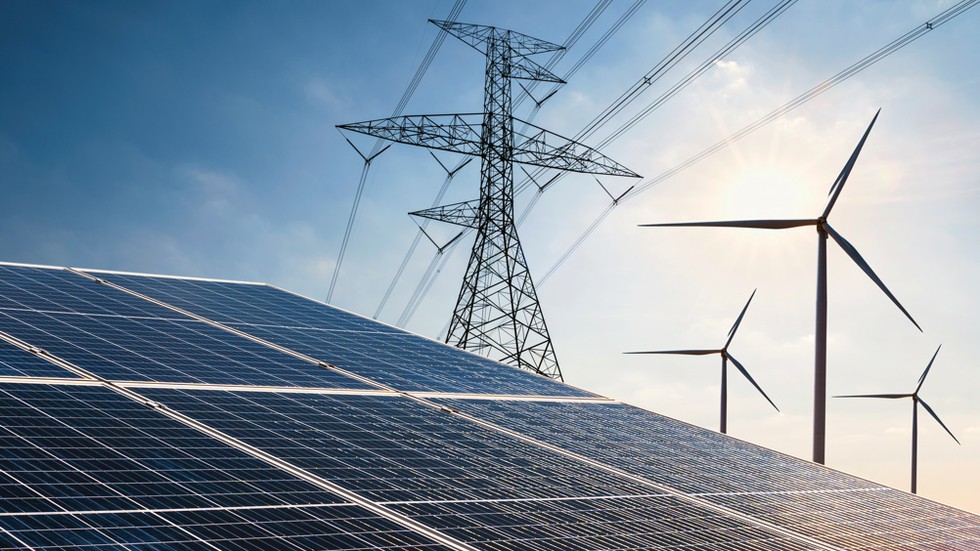India is on the verge of experiencing a significant surge in energy demand over the next decade, as indicated by a recent report from the International Energy Agency (IEA). Several factors are contributing to this growth, including rapid urbanization, industrial expansion, and the country’s economic growth.
Key Drivers of Energy Demand
- Economic Growth: India’s economy is growing at a fast pace, and this growth is directly contributing to the increased energy demand.
- Urbanization and Industrial Expansion: With more people moving to urban areas and industries expanding, energy consumption is set to rise significantly.
Fastest-Growing Energy Market
India is expected to be one of the fastest-growing energy markets globally. According to the IEA report:
- Compounded Annual Growth Rate (CAGR): The energy demand in India is projected to grow at a rate of around 3% through 2035.
- Sectors Driving Demand: Electricity generation, transportation, and industrial activities will be the primary sectors contributing to this increase.
Challenges of Meeting the Growing Energy Demand
While India’s energy demand is rising, the country faces several challenges in meeting this demand:
- Sustainable Energy Investments: India must invest significantly in renewable energy infrastructure, including solar, wind, and hydropower, to meet the growing demand sustainably.
- Energy Storage and Grid Modernization: Advanced technologies in energy storage and modernization of the grid will be crucial in supporting the expansion of clean energy.
The Role of Policy in Energy Transition
- Affordable Energy vs. Environmental Concerns: Policymakers will have to balance the need for affordable energy with the imperative to address environmental concerns.
- Global Climate Goals: As global climate goals become more urgent, India’s ability to transition toward cleaner energy sources will be critical for ensuring future energy security.
Conclusion: The Need for a Comprehensive Energy Policy
India’s growing energy demand highlights the need for a comprehensive energy policy. This policy should not only address consumption needs but also emphasize sustainable and resilient energy solutions for the future.
Multiple-Choice Questions (MCQs):
- What is one of the key drivers of India’s increasing energy demand?
- a) Declining population
- b) Rapid urbanization and industrial expansion
- c) Reduction in electricity consumption
- d) Decrease in industrial activities
- Answer: b) Rapid urbanization and industrial expansion
- What is the projected compounded annual growth rate (CAGR) of India’s energy demand through 2035?
- a) 1%
- b) 2%
- c) 3%
- d) 5%
- Answer: c) 3%
- Which sectors are expected to contribute most to India’s growing energy demand?
- a) Agriculture and real estate
- b) Transportation, electricity generation, and industrial sectors
- c) Healthcare and education
- d) Entertainment and tourism
- Answer: b) Transportation, electricity generation, and industrial sectors
- What are some challenges India faces in meeting its growing energy demand?
- a) Declining economic growth
- b) Lack of fossil fuel resources
- c) Need for investment in renewable energy and energy storage
- d) Oversupply of energy
- Answer: c) Need for investment in renewable energy and energy storage
- Why is India’s transition to cleaner energy sources important?
- a) To decrease the cost of electricity
- b) To meet global climate goals and ensure future energy security
- c) To increase fossil fuel consumption
- d) To reduce industrial output
- Answer: b) To meet global climate goals and ensure future energy security
